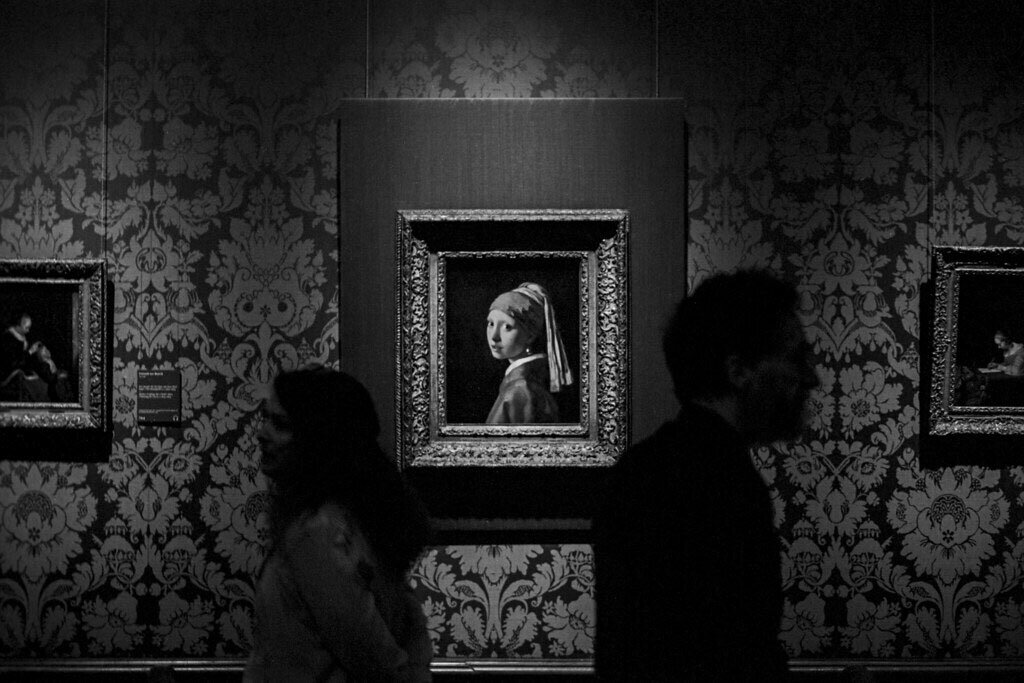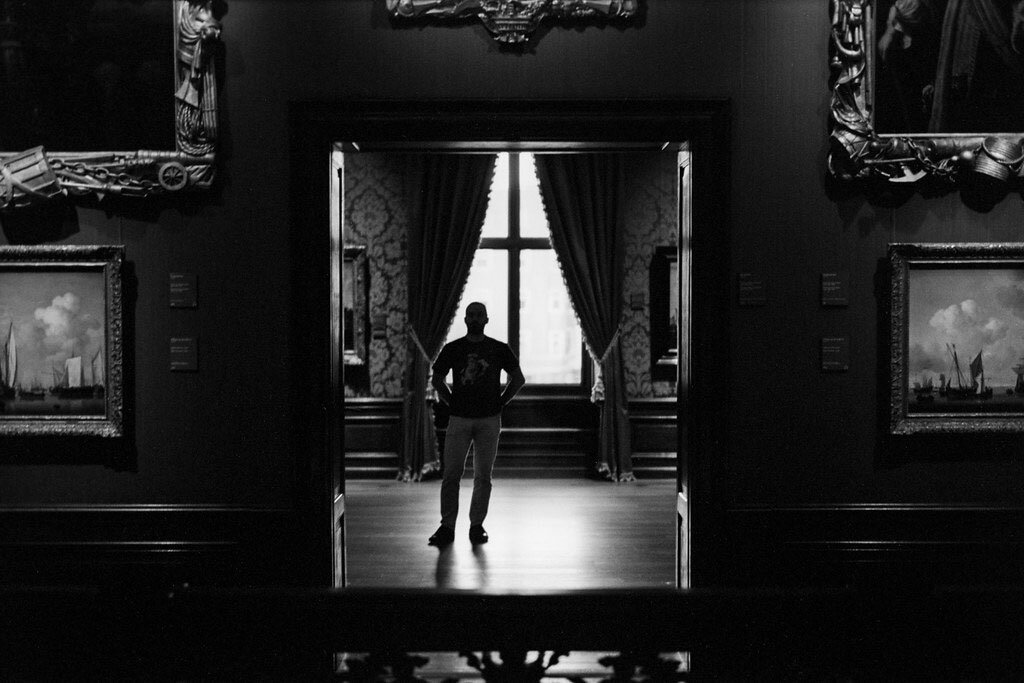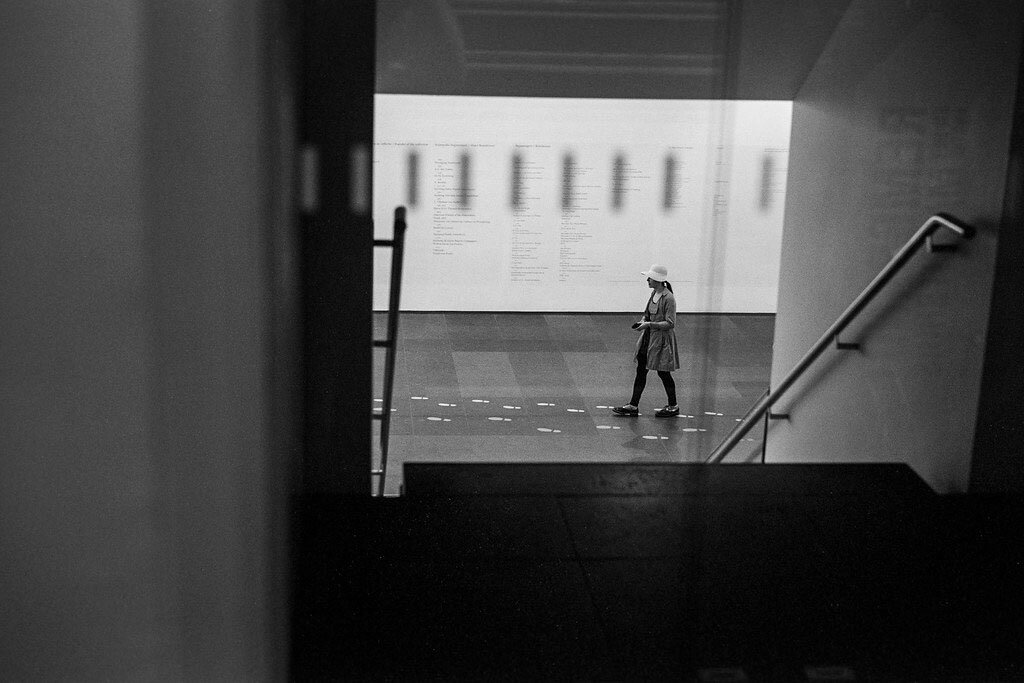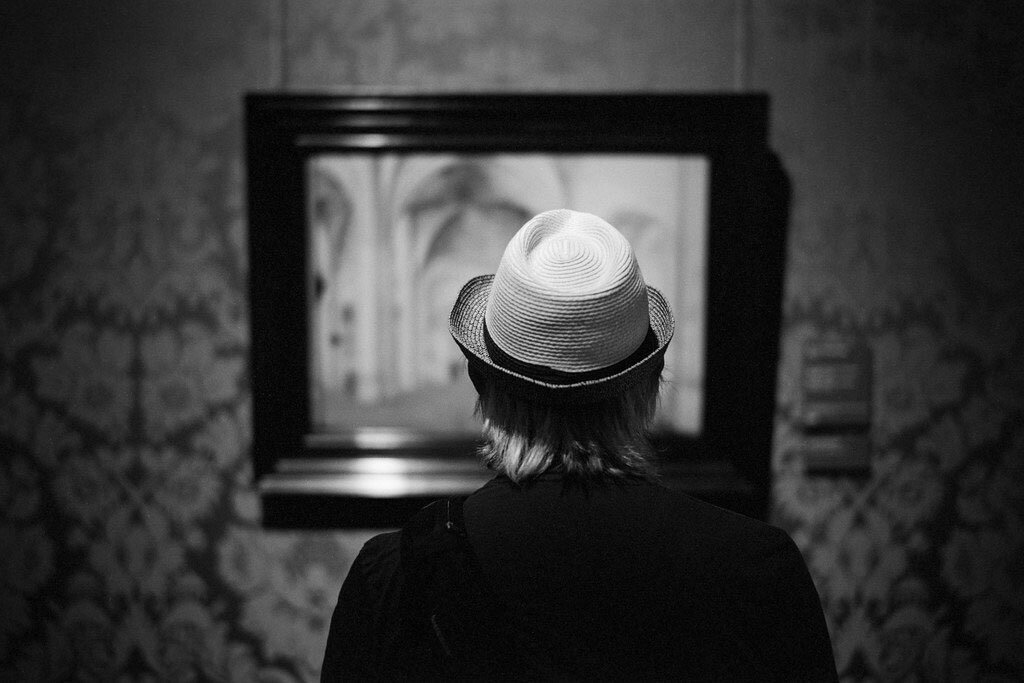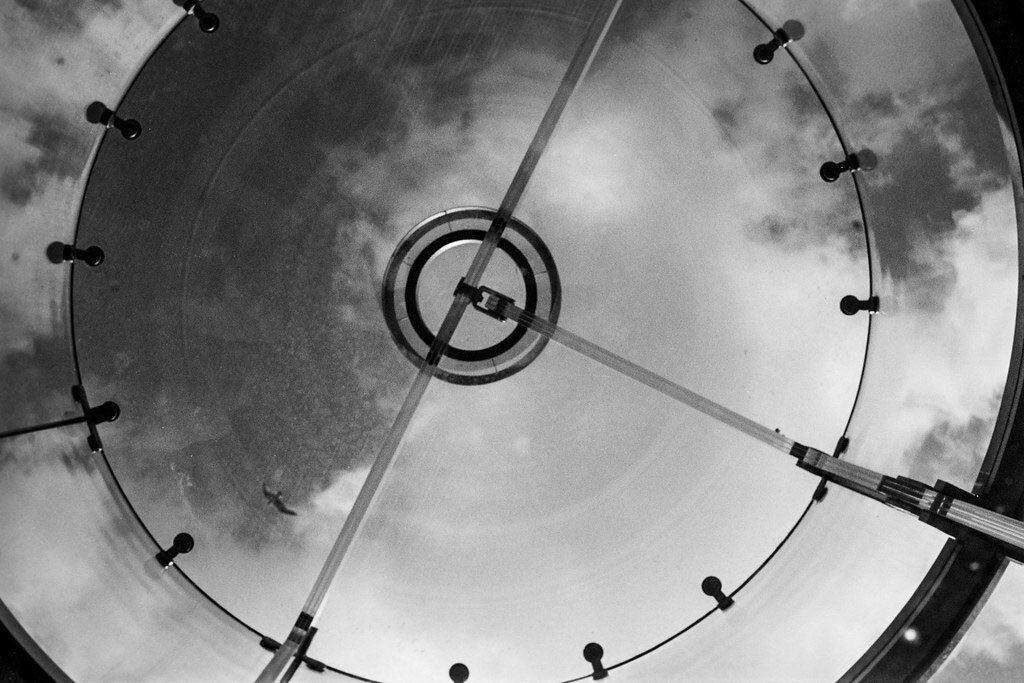The Mauritshuis museum in The Hague is wonderful because it is small. All too often museums are too big. Think of the Louvre, the Hermitage, the Rijksmuseum or the Vatican museum, to name a few. They are enormous and they are meant to be enormous being central showcases of the arts on a national level. But from a visitor’s perspective, such museums are daunting, intimidating even. Personally I get less out of a visit to such a treasure trove than from smaller museums with more focused collections.
The Mauritshuis is located in the former home of count (and later prince) Johan Maurits van Nassau-Siegen, who at one point was governor of Dutch Brazil and therefore nicknamed “The Brazilian”. I suspect today’s meaning of that term wasn’t contemplated in those days. The building was completed in 1641 in and has housed the museum since 1822.
The Mauritshuis is not only wonderful because it is small, but also because it is, actually, quite vast. Let me explain. The building isn’t very large. One can easily walk through the halls in an hour or two and see ‘everything’. But the fact that it is a small museum means that one more easily takes the time to appreciate the art on display because there is no rush to finish everything, to hurry to the next wing or such. And even though there aren’t hall upon hall of massive oil paintings or never-ending galleries of statues, there is so much to see in the paintings themselves. I don’t know how many times I have been there over the years but it is a lot and each time I find new details in paintings I thought I “knew”. I should say that there are also separate exhibitions in addition to the standing exhibition.
Anyway, all that to say that it’s a museum well worth visiting.
During my most recent visit I brought my trusty Leica M4 with that Jack of all trades of a lens the 50 Summicron and a roll of Ilford XP2 Super. This is an amazing film, imho. Ilford markets it as an ‘ISO 400 fine-grained highly versatile film that can be processed on the high street in C41 chemistry’. And yes that is right, XP2 is a chromogenic film which is meant to be processed as normal colour negative films are, in C41 chemistry. This was pretty revolutionary when Ilford launched its predecessor XP1 and other brands followed suit, for instance Kodak with its BW400CN.
XP2 is amazing also from the perspective that a single roll can be shot at EI50 through EI800 and processed in standard C41 chemistry without any additional development needed. Sounds like having a digital camera in a film roll, no?
But what is really cool about XP2 is that it can be developed in normal black and white chemistry. There is some information about this on the interwebs - in particular this article at Ilford Photo written by eminent photographer Chris Moss. Having tried, this is the only way I develop my XP2 these days. The results in Kodak HC-110 dilution E are sublime, both with 135 and 120 film, with very fine grain and excellent negatives that scan easily. The results in Diafine are not bad at all either and as always that developer is great where one has shot a single roll at varying EI. As is noted in the article at Ilford’s site, 135 film can be shot up to EI800 without ill effects grains-wise whereas 120 film can go up to EI1600 with smooth results.
There is another benefit with this film which is that, provided it has been processed in C41 chemistry, the dust removal feature Digital ICE will work. This is a massive benefit because it saves a lot of time during post-processing. If the film is developed in black and white chemistry that function will not work because there will still remain silver halide particles in the emulsion since no bleach fix has been used during development.
Ilford XP2 Super can also be bought in 30,5m bulk rolls. Even though a single roll of 135 film is not extremely costly by today’s standards, bulk loading will bring down the cost per roll by some 30%.

